In the world of fashion, there are few artistic ones as revered and celebrated as Pashmina. Renowned for its unparalleled softness, warmth, and exquisite craftsmanship, Pashmina is more than just an art form; it is a symbol of femininity and empowerment. Hence we embark on a journey to explore the intricate and profound connection between Pashmina and feminine empowerment. So, we will be unveiling the threads that weave together tradition, resilience, artistry, and self-expression.
Pashmina, derived from the underbelly wool of the Himalayan Capra hircus goat, boasts a legacy that spans centuries. It has, in fact, been cherished by royalty, treasured in cultural traditions, and worn as a statement of grace and sophistication. But beyond its luxurious texture and regal history, Pashmina holds a deeper significance. It is something that resonates with the empowerment of women.
The Significance of Pashmina
Pashmina has always been more than just an art form; it is an embodiment of heritage and craftsmanship. Its journey begins in the high Himalayan region, where skilled artisans, often women, carefully collect the wool. Later, they process it with precision and transform it into exquisite shawls. This tradition has passed through generations, and women artisans have played a pivotal role in preserving and advancing the art of Pashmina production.
In various cultures, people have integrated Pashmina into traditions and rituals. Hence, it is not just a piece of clothing; it is a symbol of warmth and comfort, often used in ceremonies and rites of passage. The intricate patterns and motifs woven into luxury shawls carry deep cultural symbolism and significance.
The Art of Pashmina
The production of Pashmina shawls involves meticulous craftsmanship, and it is here that women artisans excel. Their dedication to this art not only sustains a rich tradition but also empowers them economically. Moreover, it grants them a path to independence and self-sufficiency.
Hence, the allure of Pashmina has not escaped the notice of writers, poets, and artists throughout history. Its presence in literature and visual arts further cements its significance, often used to symbolize the elegance and resilience of the feminine spirit.
A Feminist Icon
Pashmina is not merely an art form but also a feminist icon. It represents strength, resilience, and self-expression. Women have used Pashmina to assert their identity, break traditional norms, and express their individuality. Hence, this art form has become a tool for personal empowerment. Further, it allows women to assert themselves in a world that sometimes seeks to silence them.
Historical Roots: The Timeless Elegance of Pashmina
The history of Pashmina is a tapestry woven with threads of opulence, craftsmanship, and timeless elegance. To understand its significance in feminine empowerment, we must first delve into its historical roots. Moreover, we will trace its origins, cultural importance, and its association with royal courts.
Origins and Purity
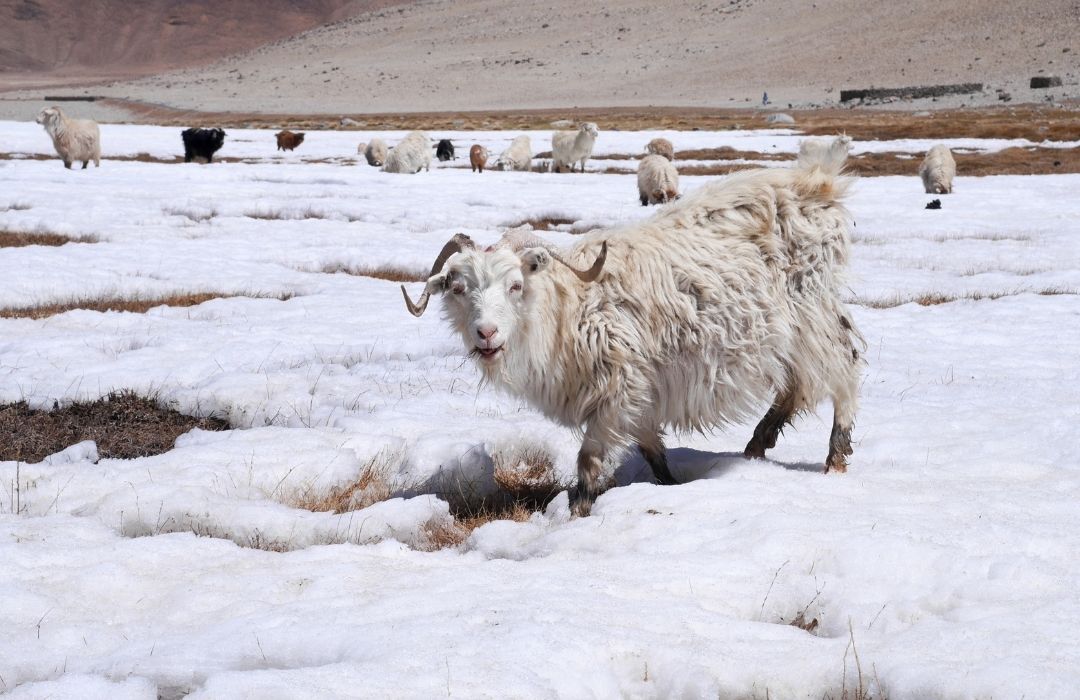
Pashmina, often referred to as "soft gold" or "diamond fabric," finds its origins in the Himalayan region. Basically, it particularly comes from the high-altitude plateaus of Ladakh and Tibet. Artisans make it from the Cashmere wool of the Capra Hircus goat, specifically the fine underbelly hair. This wool is famous for its extraordinary softness, warmth, and lightness, and its collection is a meticulous and time-honoured process.
Historical Significance
The historical significance of Pashmina traces back centuries. In the ancient Himalayan region, the art of weaving shawls was a mark of prestige and privilege. The shawls were often reserved for the nobility and were seen as symbols of wealth and sophistication.
Pashmina and Royal Courts
Pashmina's connection to royal courts is legendary. It was favoured by Mughal emperors, especially during the reign of Akbar. In fact, historians believe that King Akbar promoted the craft of Pashmina shawl production. These exquisite shawls, adorned with intricate patterns and rich colours, became essential accessories in the courts of India. Royalty, including queens and princesses, draped themselves in Pashmina, elevating the textile to a symbol of regal splendour.
The Role of Women Artisans
The production of Pashmina shawls is a labour-intensive and delicate process. And it is the skilled hands of women artisans that have played a central role in preserving this art form. These artisans, often hailing from the Kashmir Valley, are the guardians of tradition. In fact, they have passed down their expertise from one generation to the next.
Women artisans are not only responsible for the weaving and embroidery but also the rigorous cleaning and sorting of Cashmere wool. It is them who ensure that only the finest fibres are used. Hence, their meticulous craftsmanship is central to the production of these shawls. Also, their dedication has contributed to the continuation of the Pashmina legacy.
Pashmina across Cultures
Pashmina, with its unmatched softness and elegance, has transcended geographical boundaries to become an integral part of various cultural traditions worldwide. The rich history and exquisite craftsmanship of Pashmina have endowed it with a unique role in rituals, ceremonies, and rites of passage across different cultures.
India
In India, Pashmina shawls hold a special place in both daily life and grand celebrations. They are often given as tokens of love and respect, making them ideal gifts for weddings and other significant events. Pashmina shawls are also a symbol of hospitality and warmth. Hence, hosts often drape them over guests as a gesture of welcome and honour.
In Hindu weddings, Pashmina shawls are traditionally exchanged between the families of the bride and groom. These shawls symbolize not only the exchange of vows but also the union of two families. Hence these luxury pieces add a layer of cultural significance to the fabric.
Kashmir, the birthplace of Pashmina, reveres the art in various cultural traditions. Pashmina shawls are valuable heirlooms, passed down through generations. They are a symbol of familial love and heritage and are often gifted by mothers to their daughters as they embark on the journey of marriage. The shawls signify warmth, both in terms of physical comfort and emotional support.
Tibet
In Tibetan culture, Pashmina shawls are highly popular for their warmth and comfort. This makes them an essential part of daily life, particularly in the chilly Himalayan climate. Patrons often use these shawls during traditional ceremonies and rituals, offering protection from the harsh weather. Moreover, the shawls ensure that the individuals participating in the ceremonies are warm and comfortable.
Symbolism in Different Cultures
Across these cultures, Pashmina holds a common thread of symbolism. It represents warmth, both physical and emotional, making it an embodiment of care, comfort, and hospitality. It stands as a testament to tradition, craftsmanship, and heritage, as it has for centuries. Additionally, the artistry and intricate patterns of Pashmina shawls often reflect cultural motifs and symbols, hence adding an extra layer of symbolism to the fabric.
The integration of Pashmina into various cultural traditions not only showcases its adaptability but also its timelessness. It serves as a symbol of connection, love, and the enduring strength of tradition in a rapidly changing world. Cashmere is more than just a fabric; it is a thread that weaves together the diverse cultural tapestry of the regions it touches, binding people in warmth, grace, and tradition.
The Art of Pashmina
The production of Pashmina is a labour-intensive and intricate process. This challenging process transforms raw wool into a textile of unparalleled softness and elegance. From wool collection to weaving and finishing, the creation of a Pashmina shawl is a testament to the dedication of artisans, particularly women, who have played a pivotal role in preserving and advancing this art form.
Wool Collection
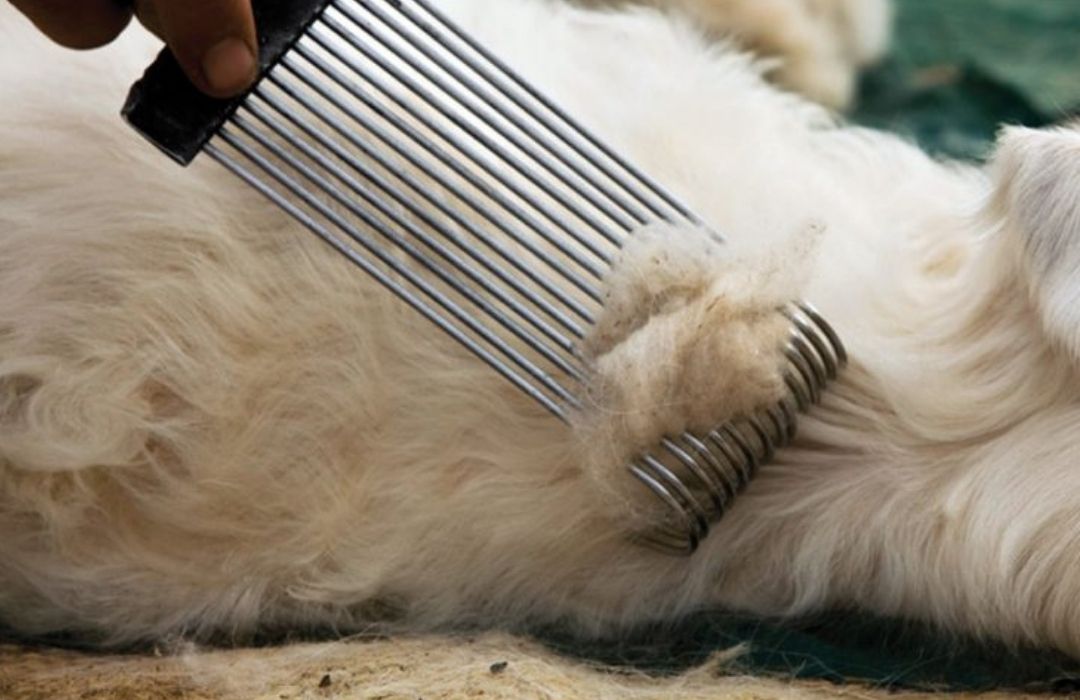
The journey begins with the collection of raw wool from the high-altitude plateaus of the Himalayan region. Herders extract this wool from the underbelly of the Capra Hircus goat. Thankfully, the goat is adapted to the harsh climate and produces exceptionally fine and soft fibres. The collection process is a laborious and meticulous one, often taking place during the spring moulting season when the goats naturally shed their wool.
Sorting and Cleaning
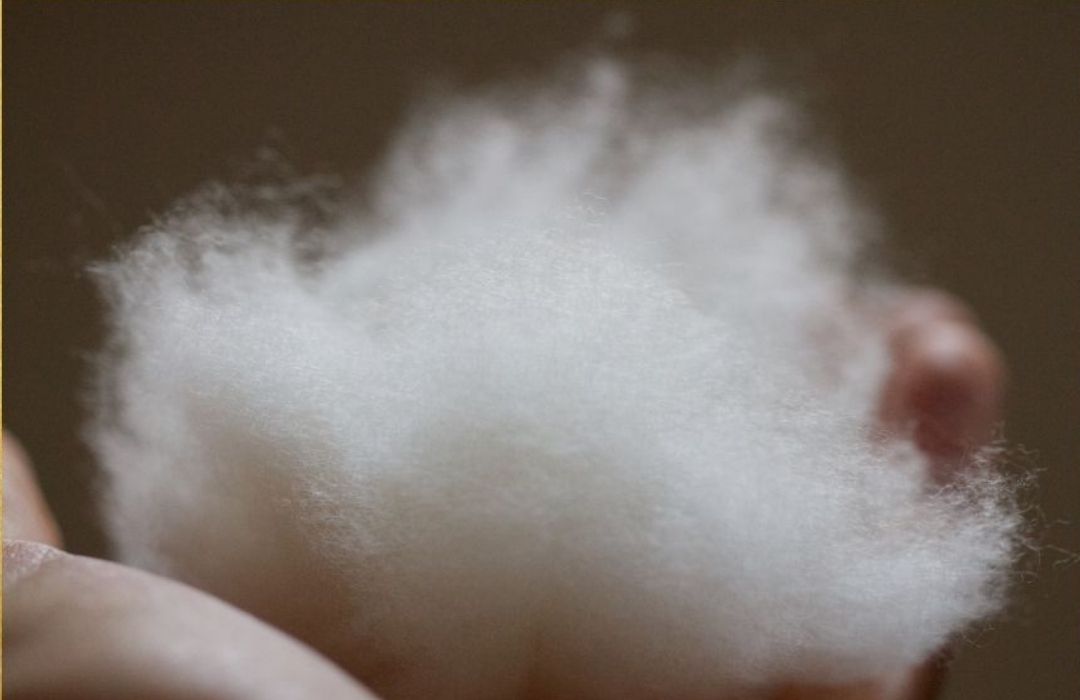
Once collected, the raw wool undergoes rigorous sorting and cleaning. Artisans, frequently women, are responsible for this essential stage, where they meticulously separate the finest fibres from the coarser ones. This process ensures that only the purest Cashmere is used for weaving, enhancing the quality of the final product.
Spinning
After sorting and cleaning, the fine Cashmere fibers are hand-spuned by skilled artisans. The spinning process is an art in itself, with women artisans using traditional techniques to create yarn. The spun yarn is incredibly delicate and fine. Hence it is suitable for weaving the intricate patterns that Pashmina is known for.
Weaving

The magic truly happens during the weaving process. Artisans take the spun yarn and use traditional handlooms to craft the Pashmina shawls. The weaving process requires immense patience and skill, as the artisans meticulously create intricate patterns, often with motifs that reflect cultural and regional traditions. This step highlights the importance of the role of women in the preservation and advancement of Pashmina artistry.
Embellishments
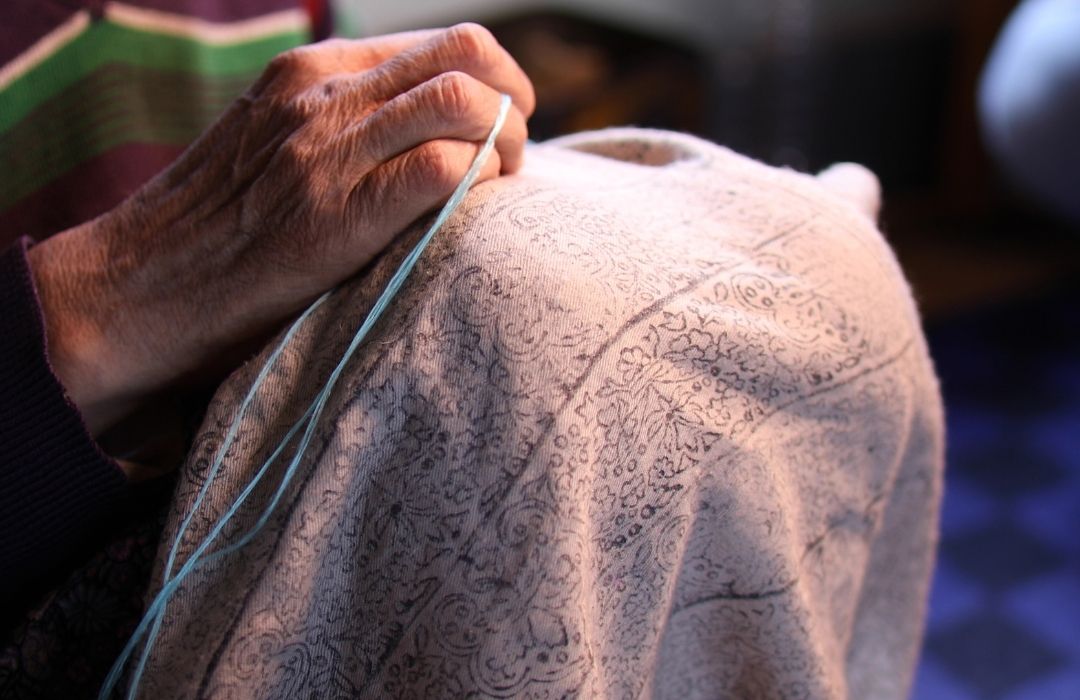
Artisans adorn Pashmina shawls further with intricate hand embroidery, such as Sozni, Tilla, or Papier Mache work. Both men as well as women artisans create these embellishments on shawls. Both add a touch of artistry and cultural significance to the shawls. These detailed designs enhance the beauty of the fabric, making each piece a work of wearable art.
Finishing
The finishing touches on a Pashmina shawl are equally critical. After weaving and embellishments, the shawls undergo a meticulous finishing process, which includes washing, blocking, and stretching. This step ensures that the shawl drapes beautifully and maintains its impeccable quality.
Empowerment in Every Thread: Women Artisans in Pashmina Making
The art of Pashmina, popular for its exquisiteness and elegance, is intimately woven with the dedication, patience, and artistry of women artisans. These unsung heroes are the heart and soul of the Pashmina-making process, playing pivotal roles in the cleaning and sorting of raw wool, spinning, and intricate embroidery. Their contribution not only shapes the fabric but also empowers women in the regions where Pashmina is produced.
The Meticulous task of Cleaning and Sorting
The journey of Pashmina begins with the collection of raw wool from the Himalayan region. This process is no small feat, taking place in remote and challenging terrains. Women artisans, often juggling household responsibilities, dedicate their time and patience to the cleaning and sorting of the collected wool. This critical stage is where women artisans separate the finest fibres meticulously from the coarser ones.
Despite their busy schedules, these artisans labour meticulously, ensuring that only the purest fibre is used in the production of shawls. The dedication they exhibit in this initial stage sets the foundation for the quality and luxuriousness that Pashmina is known for. It is through their efforts that the essence of this art is preserved, a testament to their commitment to both tradition and quality.
The Delicate Art of Spinning
Once they sort and clean the raw wool, it is the skilled hands of women that take over in the spinning process. The fibres, known for their extreme fineness, present a unique challenge. Women artisans, often working over traditional spinning wheels, undertake the meticulous task of creating yarn. The spinning process demands not only skill but also devotion and love for the craft.
Artisans spin the fine fibres into delicate threads, getting these ready for a set of weavers to weave in intricate patterns. The dedication exhibited by these artisans in this stage is a testament to their commitment to the art of making. It is their expertise and care that makes the final product exceptionally soft and high quality - something that Pashmina is world famous for.
Embellishments with Artistry
Women artisans in Pashmina production go beyond spinning; they also play a central role in adding embellishments to the shawls. Often women execute the intricate hand embroidery, such as Sozni, Tilla, or Papier Mache work. They spend their days embroidering shawls with meticulous patterns, adding cultural and regional significance to each piece.
These detailed designs enhance the beauty and value of the shawls, making each one a unique work of wearable art. The devotion and artistry exhibited by these women artisans not only elevate the aesthetics of Pashmina but also contribute to the economic empowerment of their families and communities.
The Incompleteness of Pashmina without Women
In the world of Pashmina, women artisans are not mere contributors; they are their souls. Their meticulous cleaning and sorting, fine spinning, and intricate embroidery are not just skills; they are acts of love and dedication. Without these women, Pashmina would remain incomplete, lacking the quality and artistry that define it.
The empowerment of women in the Pashmina industry extends beyond skill and craftsmanship. These artisans, often in patriarchal societies, have found economic independence and a means to support their families. They have defied traditional norms by excelling in a craft that was once considered the domain of men.
The women artisans of Pashmina not only preserve a rich tradition but also embody the spirit of empowerment. They inspire generations to come and remind us that true beauty lies not only in the elegance of the fabric but also in the strength and resilience of the hands that craft it. Their devotion, love, and artistry fill every thread, making Pashmina not just an art, but a living testament to the power of women.
Pashmina as Feminist Icon
In fashion, Pashmina shawls transcend their role as mere accessories to become potent symbols of feminist empowerment. Their softness, warmth, and intricate craftsmanship mirror the strength, resilience, and self-expression that women have embraced for centuries. Pashmina has emerged as a cherished feminist icon, representing the assertion of identity and the breaking of traditional norms in a world where women have often been silenced.
Symbolism of Strength and Resilience
The softness and warmth of Pashmina shawls belie the strength and resilience they embody. Women, who have long been marginalized and underestimated in many societies, have used Pashmina to make a profound statement. Just as Cashmere wool comes from the hardiest and most enduring goats, women have exhibited their resilience, pushing through challenges and adversity.
Self-Expression through Pashmina
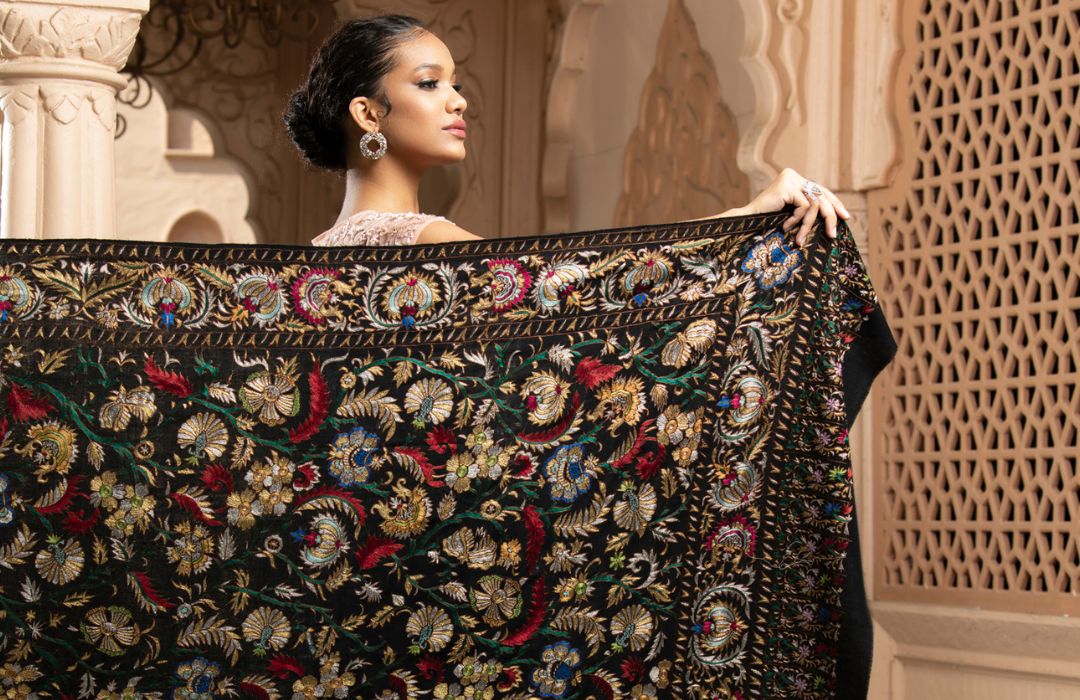
Pashmina shawls offer a canvas for self-expression. With intricate patterns and motifs, they allow women to convey their stories, traditions, and aspirations. Each shawl is a masterpiece, often woven with cultural symbols and designs that reflect a woman's heritage. Hence, Pashmina is a medium through which women can express their individuality and cultural identity.
Breaking Traditional Norms
Pashmina has become a powerful tool for women to break free from traditional norms. In societies where women's roles have been confined to the domestic sphere, Pashmina production offers economic independence. Women artisans have defied conventional expectations, excelling in a craft that was once considered the domain of men.
Economic Independence
One of the most transformative aspects of Pashmina is its role in providing economic independence to women. The production of Pashmina has allowed women to contribute significantly to their families' income, challenging the prevailing gender dynamics. These women are no longer confined to the roles of caretakers. Instead, they are vital contributors to their households and communities.
Assertion of Identity
Pashmina is more than just a piece of clothing; it is a symbol of assertion and self-identity. Women wear Pashmina not only for warmth and elegance but also as a statement of their presence and worth. It allows them to assert themselves in a world that has at times sought to silence them.
A Path to Empowerment
In a world where the empowerment of women remains a vital cause, Pashmina shawls stand as beacons of progress. They remind us that strength is not incompatible with softness, that resilience is not limited to endurance, and that self-expression is a fundamental right. Pashmina is not just an accessory; it is a declaration of feminine power. Through Pashmina, women have found their voices, embraced their individuality, and claimed their independence. They have defied traditional norms, creating a legacy of strength and empowerment that resonates far beyond the intricate threads of these shawls. Pashmina is more than just an art form; it is a tapestry of resilience, self-expression, and the enduring strength of women who weave their empowerment into every thread.
Also read: PASHMINA AND MINIMALISM
The Challenges and Triumphs of Women in the Pashmina Industry
The journey of women in the Pashmina industry saw both challenges as well as remarkable triumphs. While they have carved a path to economic independence and empowerment, they have had to overcome numerous obstacles in patriarchal societies. These women exhibit extraordinary resilience that reflects their indomitable spirit.
Challenges
- Socio-cultural Norms: In many regions where Cashmere is produced, traditional gender norms have relegated women to household roles. Engaging in the labour-intensive work of Cashmere production challenges these norms, often met with resistance from the community.
- Access to Education: There are often a few educational opportunities for women in these regions. Lack of access to quality education can hinder their ability to acquire the necessary skills for Pashmina production and entrepreneurship.
- Work-Life Balance: Balancing the demands of work with familial responsibilities is a constant struggle. Women often juggle their roles as artisans, mothers, and homemakers, requiring a high degree of multitasking and time management.
- Economic Inequality: Gender-based wage disparities persist in the Pashmina industry. Women artisans frequently receive lower pay than their male counterparts, despite their crucial role in the production process.
Resilience and Triumphs
Despite these challenges, women in the Pashmina industry have demonstrated unwavering resilience, triumphing over adversity with remarkable achievements:
- Economic Empowerment: Women's participation in the Pashmina industry has provided them with economic independence. They have become vital contributors to their families' income, elevating their status and importance in their communities.
- Skill Development: Many women artisans have acquired valuable skills in sorting, spinning, weaving, and embroidery. These skills empower them not only in Pashmina production but also in entrepreneurship, as some have ventured into creating their own businesses.
- Collective Support: Women have often joined cooperatives and self-help groups to amplify their impact. These associations provide a platform for women to share knowledge, access resources, and advocate for their rights.
- Role Models and Inspiration: The success stories of women who have excelled in the Pashmina industry serve as inspiration for future generations. They demonstrate that women can overcome gender barriers and excel in traditionally male-dominated fields.
- Cultural Preservation: Women artisans have played a vital role in preserving the art of Pashmina production. Their involvement ensures that this rich tradition passes down to new generations, safeguarding a valuable cultural heritage.
Pashmina – An Emblem of Feminine Empowerment
In the intricate threads of Pashmina, we find a profound symbol of feminine empowerment that transcends the realms of fashion and craftsmanship. The story of Pashmina is not merely a tale of luxurious textiles but an inspiring narrative of strength, resilience, and self-expression.
Pashmina, born from the resilient underbelly wool of Himalayan goats, has not only warmed bodies but ignited spirits. It has evolved into a potent feminist icon, representing the endurance and fortitude of women who, often against societal norms and expectations, have become artisans, entrepreneurs, and custodians of a rich tradition.
From the meticulous sorting of raw wool to the delicate art of spinning and the intricate embroidery, women artisans have breathed life into Pashmina, challenging gender norms and emerging as leaders in their communities. Their triumphs are a testament to their indomitable spirit, resilience, and the power of economic independence.
Pashmina is not just an art form; it is a declaration of the strength and empowerment of women. In every thread, we find the courage of those who have embraced their identity, broken traditional norms, and redefined their roles. Pashmina stands as an emblem of feminine empowerment, a reminder that the softest of things can carry the strongest of messages and that the human spirit, like the warmth of Pashmina, knows no bounds.
Also read: THE ROLE OF PASHMINA IN BRIDAL FASHION